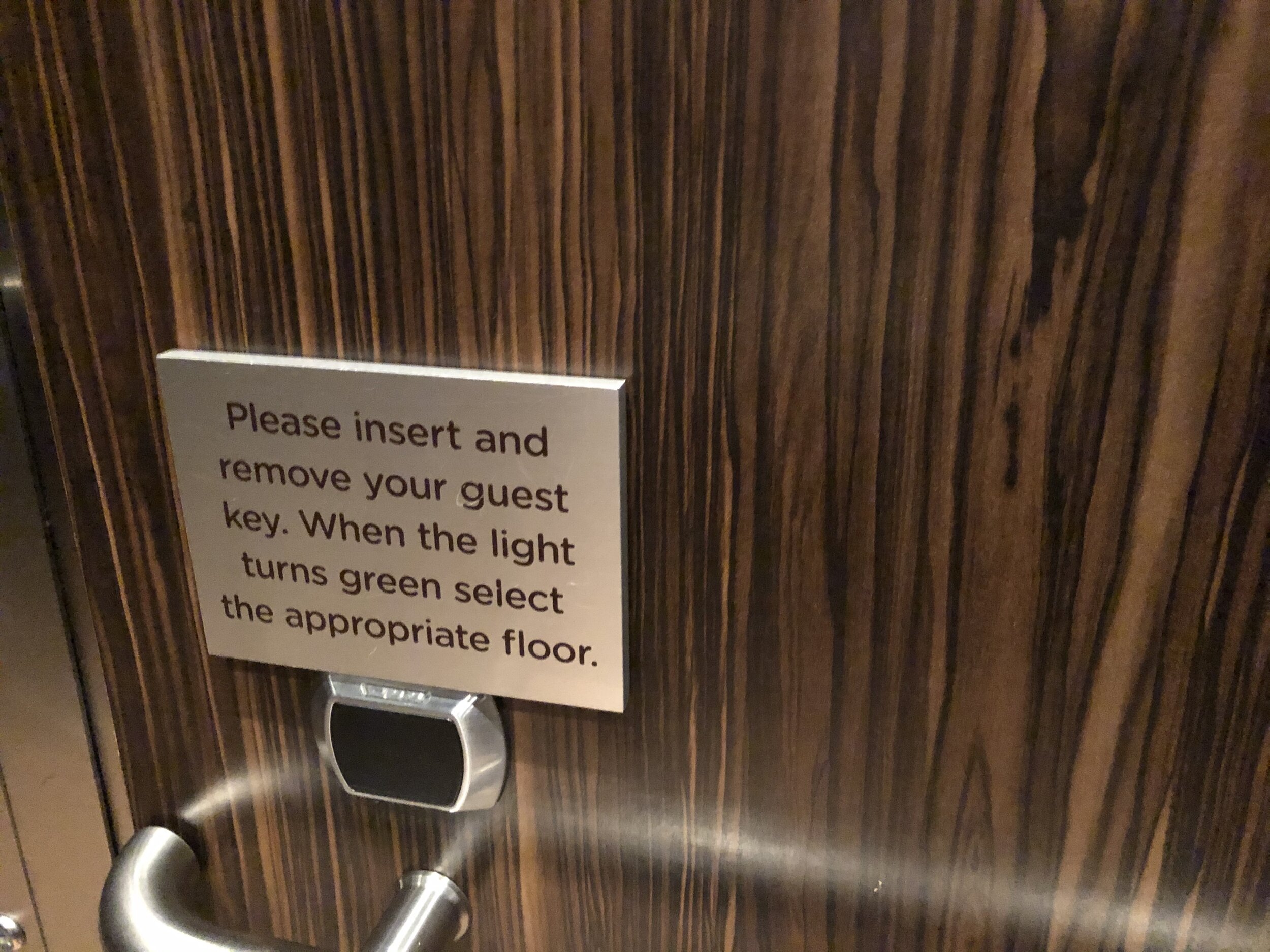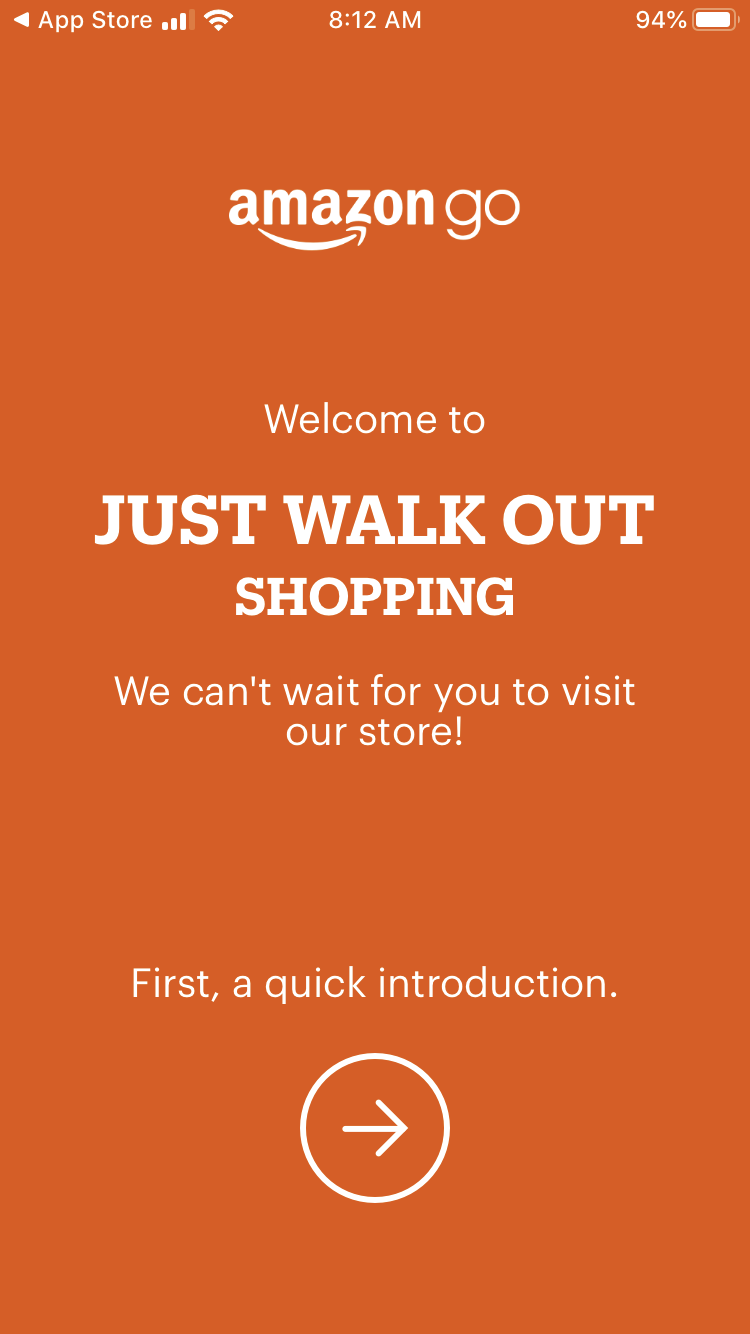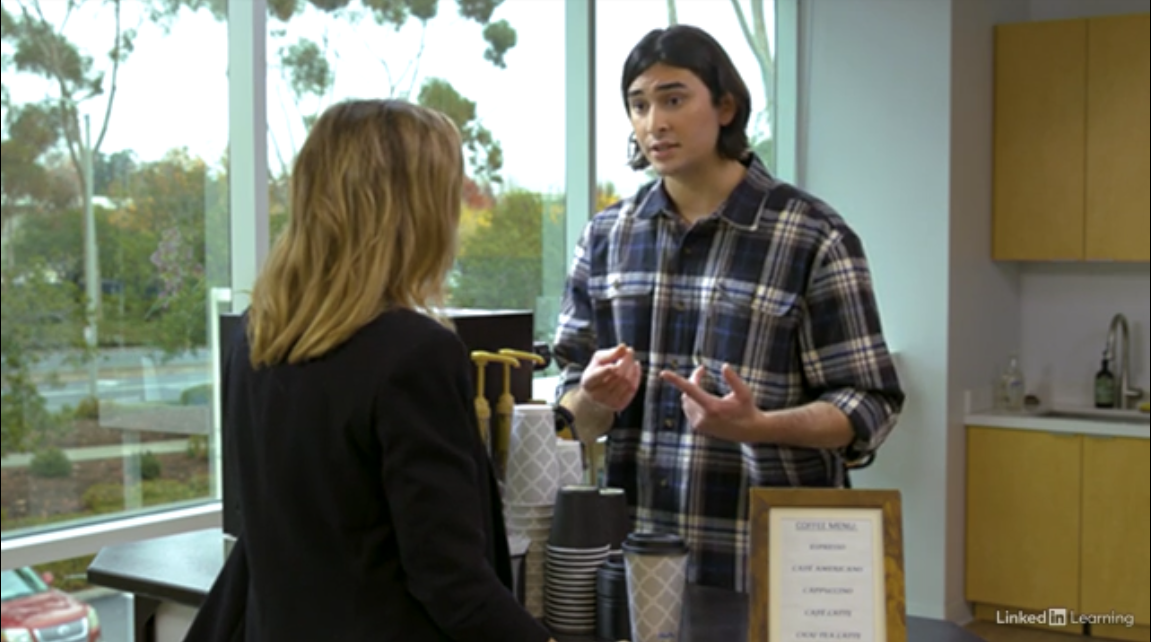Advertising disclosure: This blog participates in the Amazon Services LLC Associates Program, an affiliate advertising program designed to provide a means to earn fees by linking to Amazon.com and affiliated sites.
There are a lot of product returns on December 26.
In the past, this was a laborious process. Go to a store and you'd wait in a long line, get grilled by the associate, and then be asked to fill out a stack of paperwork. Try to return something by mail and prepare to spend half a day at the post office.
Fast forward to today and things are much easer.
I recently needed to return a camp chair to REI, one of my favorite retailers. The wait in line was less than a minute, and the only information I needed was my phone number. Two minutes later and my money was refunded. (Which I promptly spent in the store.)
This is an example of how smart retailers are improving the customer experience by removing friction from once-tired processes.
Cutting out friction not only makes customers happier, it cuts costs and often increases revenue. Here's how you can do it, too.
What is customer friction?
Friction is any obstacle that gets in the way of a customer's journey. It can be something that slows them down, aggravates them, or prevents them from accomplishing their goal altogether. This includes out-of-stock products, service interruptions, and rude employees.
My business insurance policy came up for renewal a few years ago. Absolutely nothing had changed in my business's circumstances (line of business, number of employees, address, etc.), yet I was required to fill out a lengthy questionnaire just to process the renewal.
Did I mention the questionnaire wasn't digital?!
I had to dig out one of those writing implements people used to use in the old days before computers and the internet. What were they called again? Oh yeah, a "pen." I needed a pen to renew my insurance policy. To add insult to injury, I had to mail my renewal forms.
This process took me from not thinking about my insurance company to actively disliking my insurance company.
Customer experience expert Shep Hyken, in his book The Convenience Revolution, wrote that "friction is what kills the customer experience."
That's exactly what happened with the insurance company.
Why does friction hurt customer experience?
Friction creates three issues for businesses. It unnecessarily annoys customers, it increases costs, and it reduces revenue over the long run.
Let's look at my insurance policy as an example.
It annoyed me because completing the paperwork was unnecessary, and it took extra time because the forms weren’t digitized.
The insurance company's costs went up because of this process:
The form had to be printed and mailed.
Someone had to take time to listen to my feedback.
An employee had to manually enter what I wrote into the computer system.
The insurance company lost my business as a result. If it was this difficult to renew my policy, I could only imagine the hoops I’d have to jump through if I actually had to file a claim.
I moved my policies to Hiscox after getting a recommendation from a friend.
Wow, what a different experience! Enrollment was easy and the price was much lower, presumably because Hiscox doesn't waste money pushing pointless paperwork.
My Hiscox policy recently came up for renewal. The process? I received an email with my updated documents. No work required on my part.
How can you identify customer friction points?
The best way I know to identify where your customers are experiencing friction is to understand their journey and listen to their feedback along the way.
A university I worked with had a lot of faculty and staff upset about parking. We analyzed the parking department's voice of customer data and found the number one complaint was about annual passes.
At the time, issuing annual parking passes was a manual process. Customers had to visit the campus parking office, where ironically there was no parking. Once there, they had to fill out a lot of paperwork and wait in a long line to get it processed.
We re-imagined the journey from the customer's perspective and quickly saw multiple friction points:
Completing extra paperwork
Traveling to the parking office
Waiting in line
The parking department removed this friction by emailing the necessary paperwork to customers so they could complete it ahead of time. Temporary distribution stations were set up at multiple points on campus during the renewal period, so faculty and staff could hand in their paperwork and quickly get their pass at a place convenient to where they worked.
Customers were suddenly raving about annual pass renewals.
The key is understanding the customer journey, and collecting customer feedback. Here's an interview with customer experience expert, Annette Franz, where she explains how journey mapping is the backbone of customer experience management.
You can get step-by-step guidance for starting your journey mapping from Franz's book, Customer Understanding.
Take action to reduce customer friction
Reducing friction results in happier customers, reduced costs, and increased revenue.
There's another unexpected benefit: your employees will appreciate it. My book, Getting Service Right, devotes an entire chapter to exploring how broken systems frustrate and discourage employees.
You can take a big step forward by starting with your top complaint.
Ask your employees to share the most common customer complaints.
Identify the root cause of each one.
Find solutions that reduce friction.


































